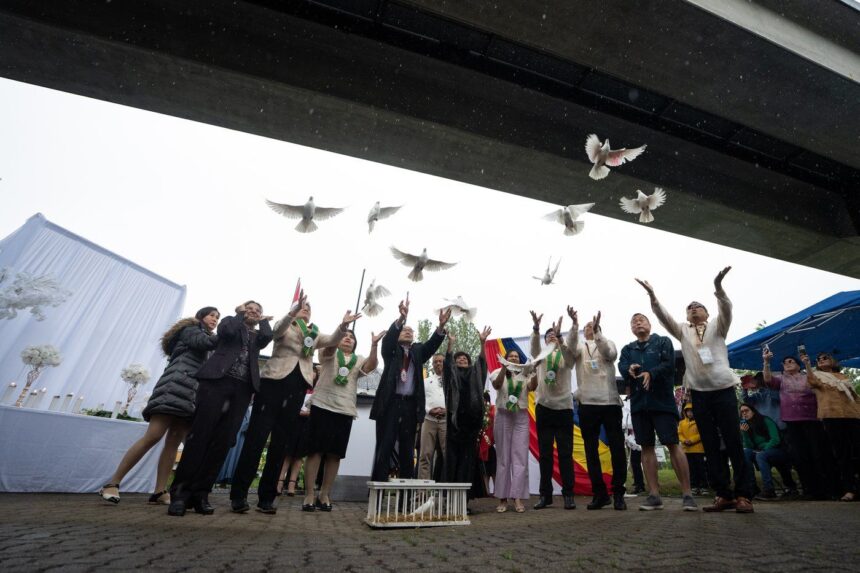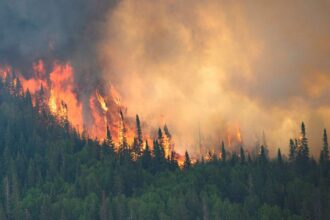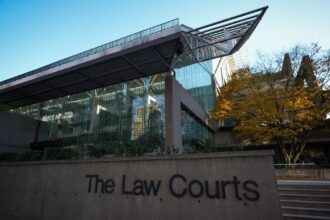The peaceful woodland setting of last summer’s Luminescence Music Festival in British Columbia’s interior transformed into a scene of chaos and tragedy when sudden gale-force winds collapsed structures, claiming three lives and injuring dozens more. Now, a comprehensive provincial review is calling for a complete overhaul of British Columbia’s outdoor event safety regulations, citing “dangerous gaps” in the current framework.
“The Luminescence tragedy was preventable,” says retired judge Marion Chen, who headed the six-month investigation. “Our review found a troubling patchwork of inconsistent safety standards across municipalities, with minimal provincial oversight for large-scale outdoor gatherings.”
The 142-page report, released yesterday, details how festival organizers had received Environment Canada warnings about approaching severe weather systems but lacked clear protocols for evacuation or emergency response. According to witness testimonies, when 90 km/h winds struck without warning, the festival’s main stage—which had passed a basic municipal inspection—collapsed within seconds.
Provincial Emergency Management Minister Raj Sandhu has pledged swift action on the report’s recommendations. “This summer’s festival season is approaching, and we cannot risk another preventable tragedy,” Sandhu told CO24 News. “We’re implementing immediate changes to how these events are approved and monitored.”
The report’s most significant recommendation calls for the creation of a centralized Provincial Event Safety Authority that would establish uniform safety standards across British Columbia. Currently, different municipalities apply varying degrees of scrutiny to temporary structures, weather contingency planning, and emergency protocols.
Festival industry representatives have expressed support for clearer regulations while voicing concerns about implementation timelines. “Event organizers want nothing more than the safety of our patrons,” says Melissa Derksen, chair of the BC Festival Alliance. “But we need reasonable timelines and guidance to adapt to new requirements.”
For smaller community events, the report suggests a tiered approach based on attendance numbers and risk factors. Local Canada News analysis indicates this could affect approximately 800 outdoor events held annually across the province.
The families of victims have cautiously welcomed the recommendations. “Nothing will bring back our daughter,” says Richard Tanaka, whose 24-year-old daughter Mei died at Luminescence. “But if these changes mean no other family experiences this kind of loss, then perhaps some meaning can come from our tragedy.”
Climate scientists interviewed for the report warned that extreme weather events are becoming more frequent and less predictable in British Columbia. Dr. Eleanor Wright from the Pacific Climate Institute told investigators: “What we once called hundred-year storms now occur with alarming regularity. Outdoor event planning must adapt to this new reality.”
The province has committed $4.2 million to establish the new regulatory framework, with draft legislation expected by September. Industry stakeholders will have opportunities to provide feedback during public consultations scheduled for August.
As British Columbians prepare for another summer festival season, the shadow of last year’s tragedy raises an uncomfortable question: In an era of increasingly unpredictable climate patterns, can our regulatory frameworks evolve quickly enough to protect public safety while preserving the cultural and economic benefits of outdoor gatherings?










